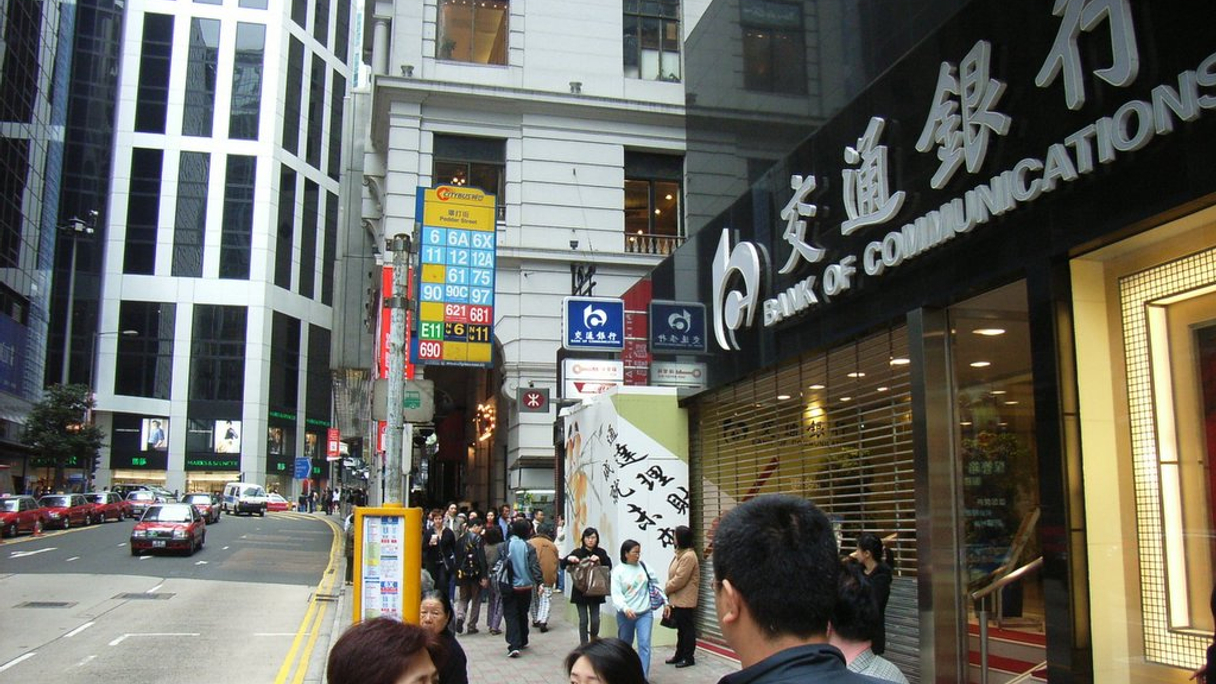Bank of Communications (BoCom) returned to the offshore bond markets for the second time this year on Tuesday, building up a predictably strong order book for a new $1 billion dual tranche issue by its offshore leasing subsidiary.
¬ Haymarket Media Limited. All rights reserved.



